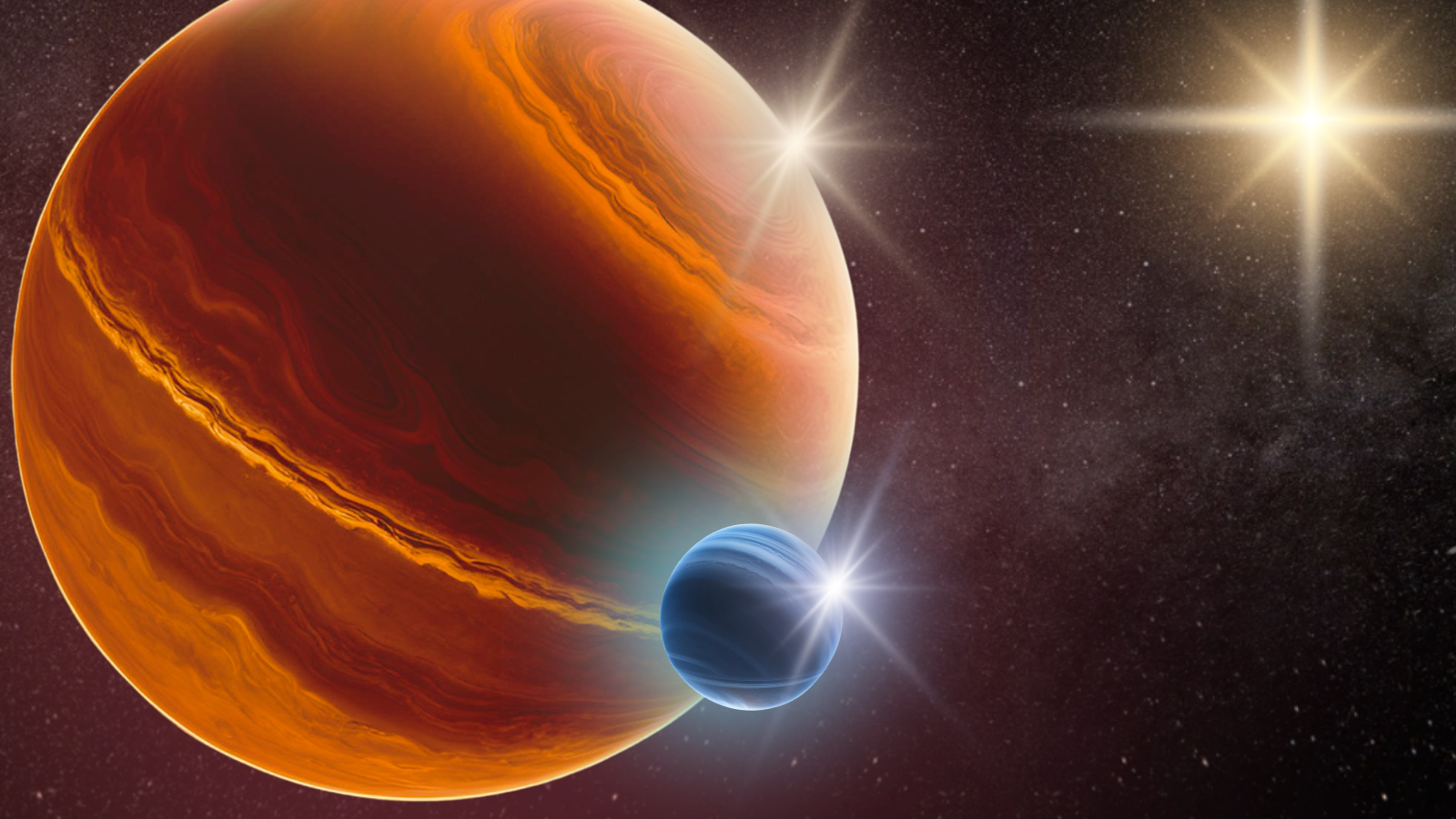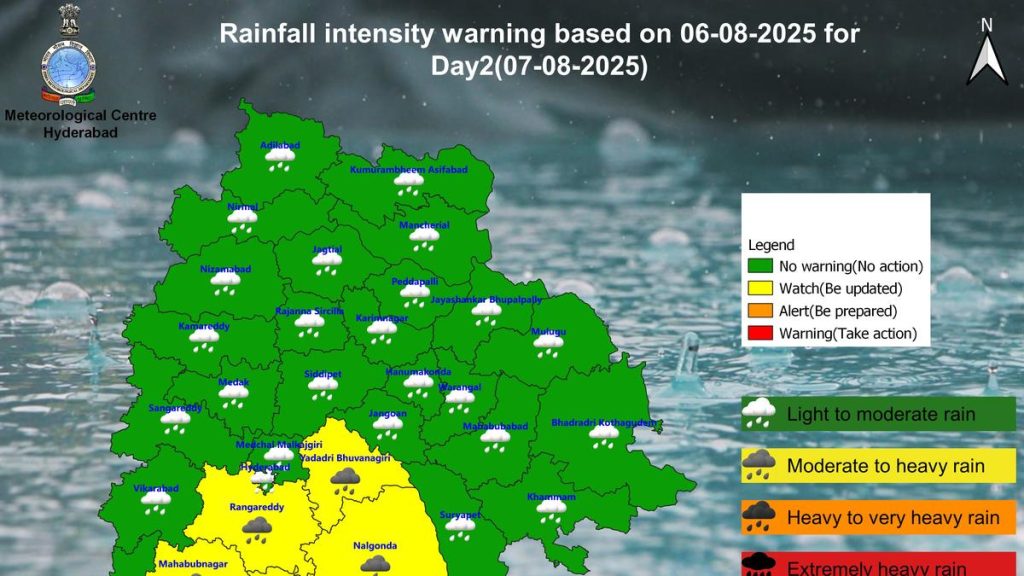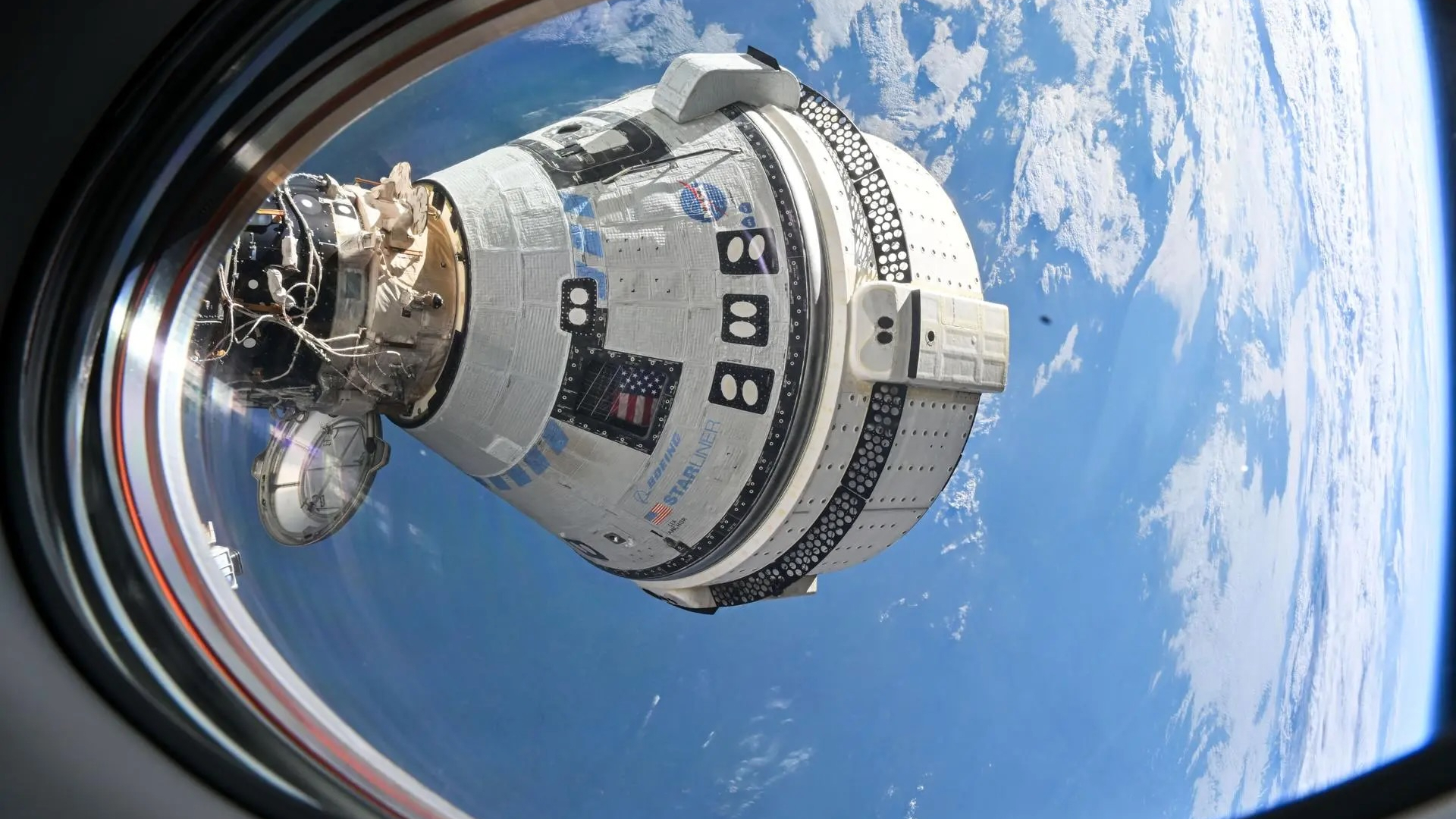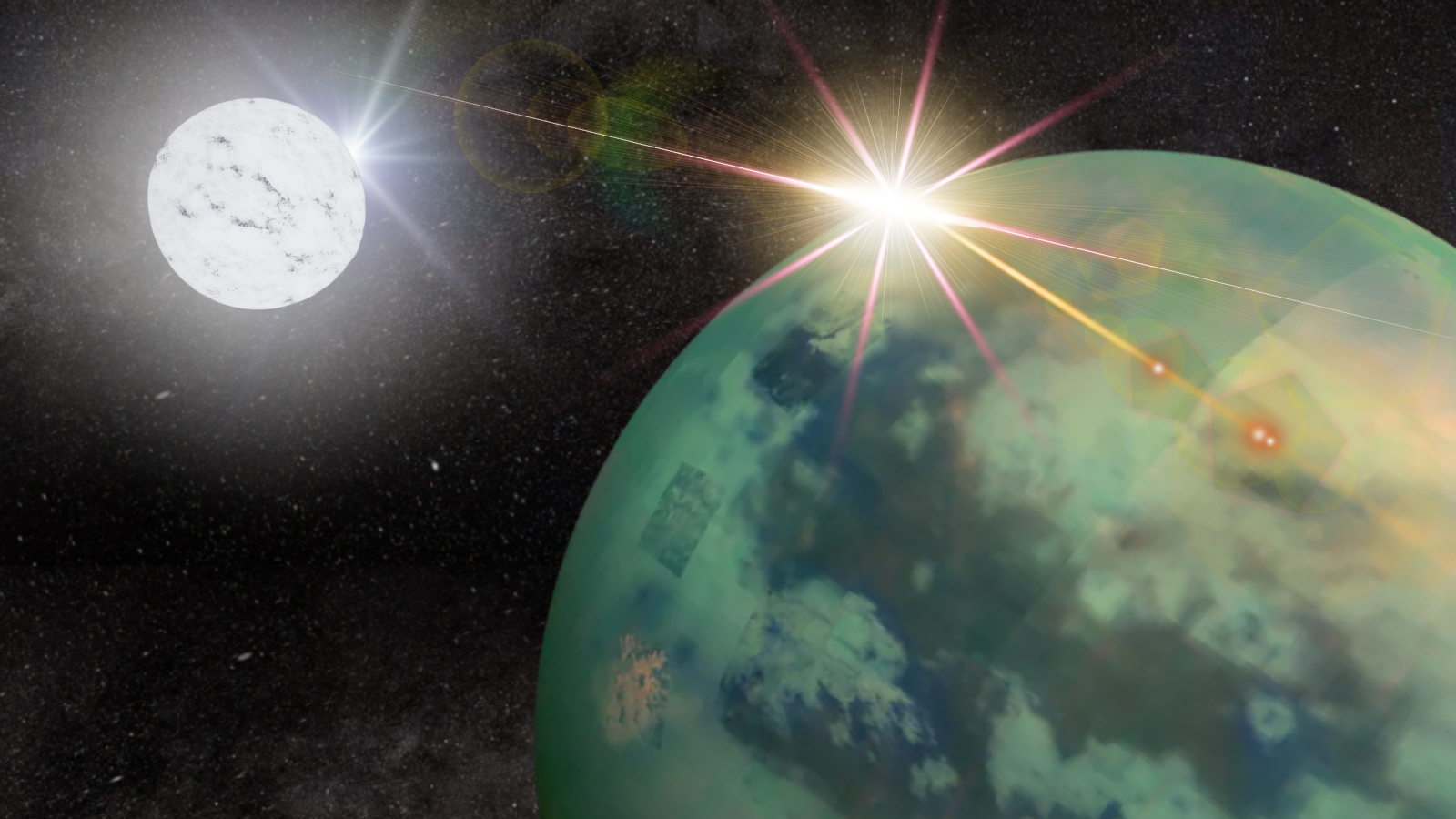Now Reading: NASA Study Suggests Chaotic Origins for Giant Alien Planets
-
01
NASA Study Suggests Chaotic Origins for Giant Alien Planets
NASA Study Suggests Chaotic Origins for Giant Alien Planets

Quick Summary:
- Scientists, using data from NASA’s retired Kepler telescope, discovered a significant difference in orbital patterns between smaller planets and larger ones.
- Smaller planets typically have circular orbits, while larger planets often exhibit elliptical (non-circular) orbits.
- This divergence occurs around the size of Neptune, suggesting two distinct pathways for planet formation: one for small terrestrial planets and another for large gas giants.
- Larger planets on eccentric orbits are believed to form in chaotic systems with turbulence caused by gravitational interactions and collisions between sibling planets.
- Large exoplanets tend to arise around stars rich in heavier elements like oxygen,carbon,and iron (“metals”),whereas small exoplanets do not require metal-rich environments to form.
- Findings were based on analysis of 1,600 light curves from Kepler’s observations spanning 2009-2018. Researchers manually inspected light curves due to unique quirks in star systems.
- The study emphasizes the rarity of large exoplanets beyond Neptune-size due to the requirement for rapid mass accumulation facilitated by metal-rich stars.
Image Credits:
- Illustration showing an exoplanet orbiting a star ([credit: Robert Lea/Canva]).
- Animation depicting a large exoplanet with an off-center orbit ([Credit: UCLA/Greg Gilbert]).
- Infographic explaining planetary formation processes ([Credit: Greg Gilbert/NASA]).
Indian Opinion Analysis:
The discovery that large gas giants develop differently and reside on turbulent non-circular orbits holds potential relevance for India’s scientific community. As India continues its path toward increased space exploration-marked by missions like Chandrayaan and upcoming planetary exploration projects-the study underscores the importance of understanding extrasolar system dynamics when searching for life-supporting environments or planning interstellar endeavors.
Kepler’s findings also highlight methodological challenges pertinent to observational astronomy. With growing investments into India’s satellite-based programs such as ASTROSAT and its emerging collaborations with international agencies like NASA/ESA, similar techniques could help advance domestic competency in planet detection technologies.
Further analysis into planet-metal correlations may aid astrophysical research within India’s science institutions focusing on stellar spectroscopy-a crucial component of identifying habitability factors across distant star systems.These insights enrich planetary studies while reinforcing India’s global position as a contributor toward expanding humanity’s cosmic understanding.

























